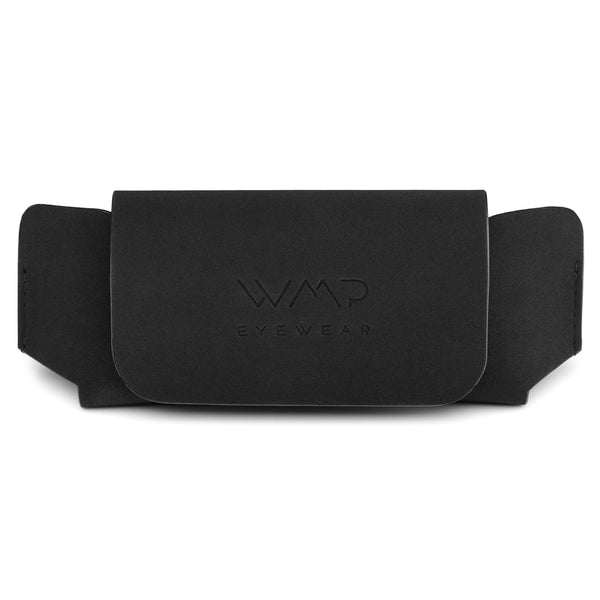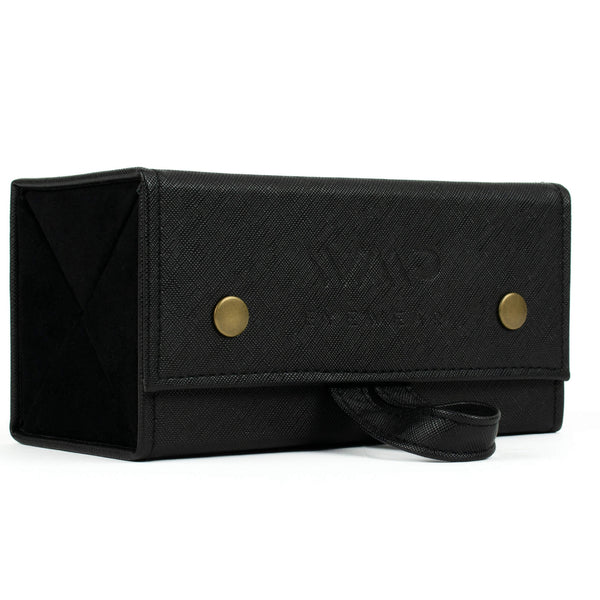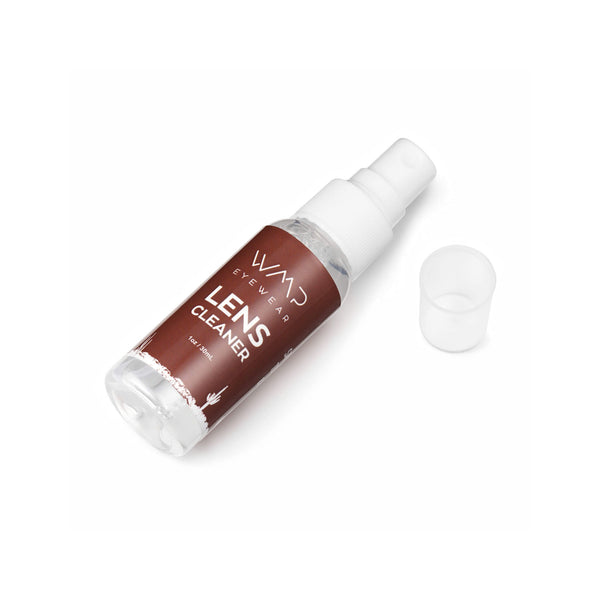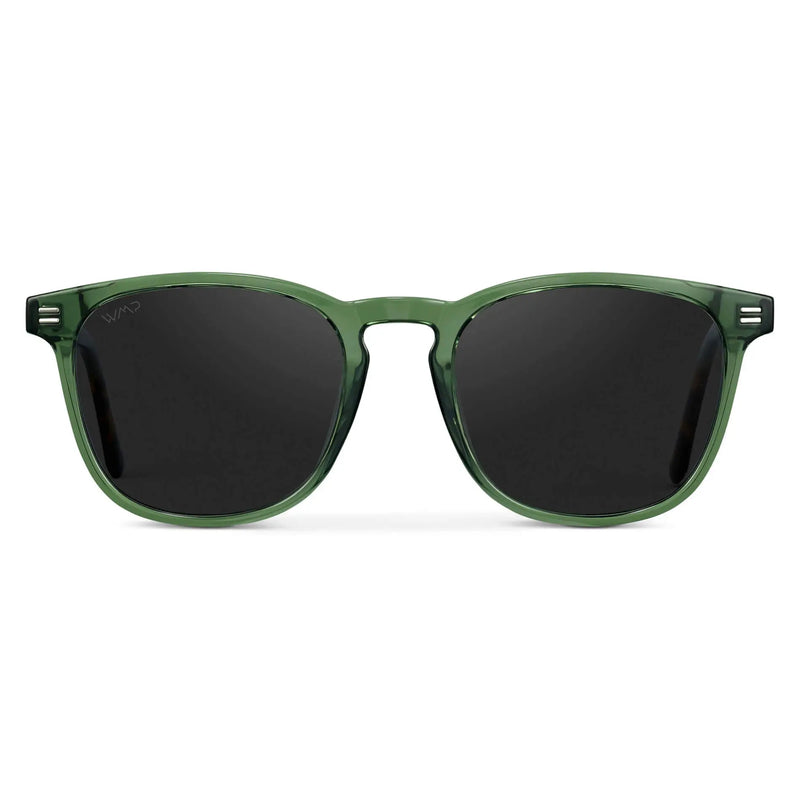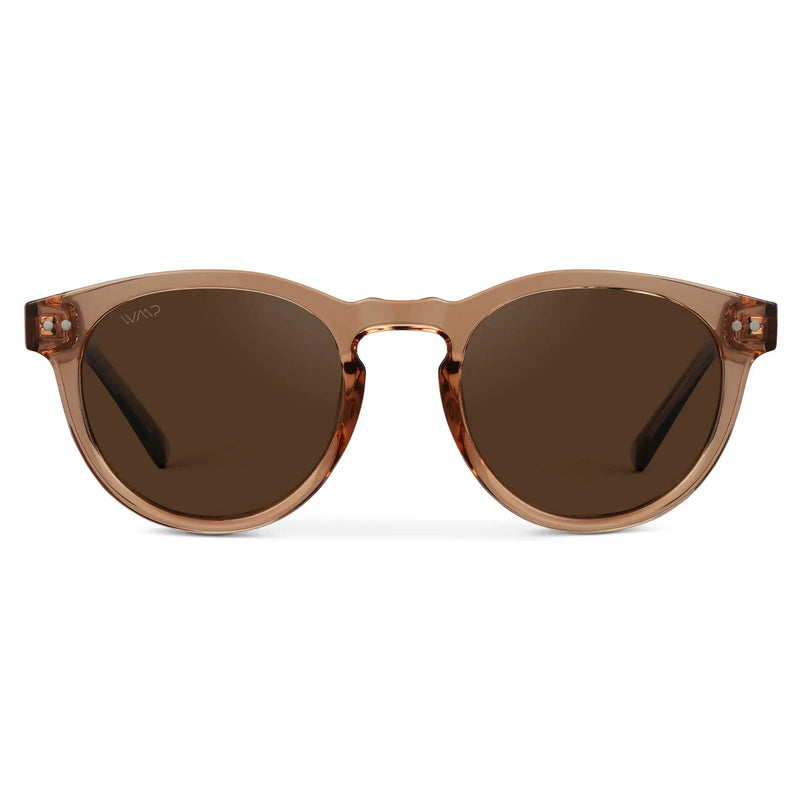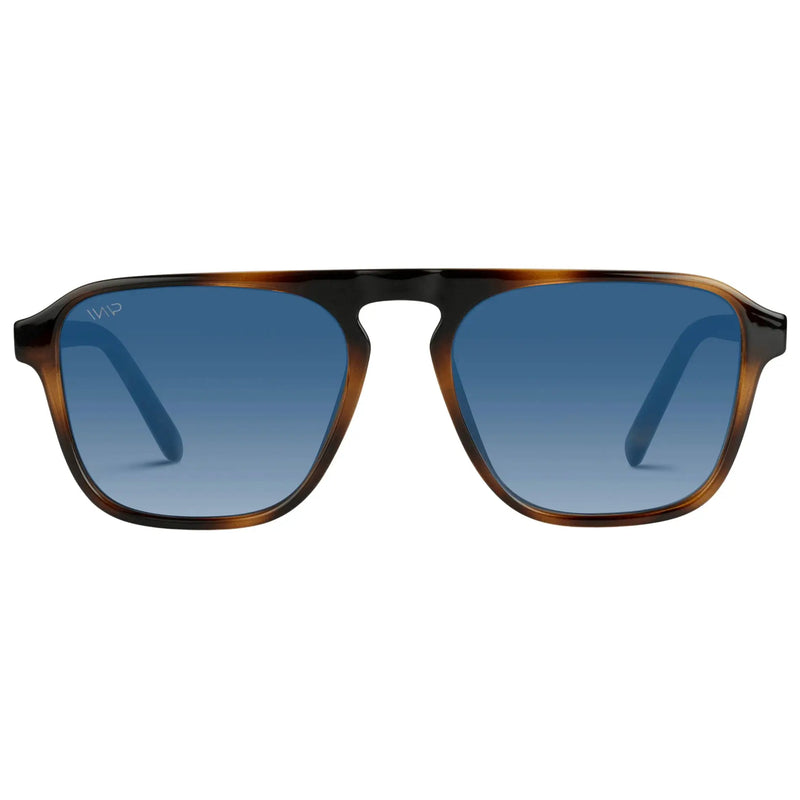What You Need to Know About the Eyewear and Glasses Monopoly

Shopping for sunglasses can be a fun yet stressful experience. So many popular name brands have prices in the $100 to $200-dollar range, so most people can’t afford to purchase more than one or two pairs.
When shopping, you have to make sure the frames match your face shape, look right with your wardrobe, and contain features that match your lifestyle. All of this plus the high price tag means that you want to be super careful about the sunglasses you choose because you don’t want to have to buy another pair for a couple of years.
With the annual inflation rate rising to 8.2% in 2022 (up from 3.2% in 2011), everyone has been looking at their budgets and wondering what causes items to cost so much. And the sunglasses industry has a dark truth: the high prices aren’t related to the quality of the frames or labor costs, but because a massive conglomerate Luxoticca has a monopoly on the industry.
Is the Glasses Industry a Monopoly?
Yes, the glasses industry is a monopoly, with 80% of the major sunglasses brands owned by an Italian company named Luxottica. Some stores and eyewear brands Luxottica owns include Prada, Coach, Oakley, Sunglass Hut, and Lens Crafters.
Because Luxottica owns such a high amount of market share, they can control the price of the goods. In other industries, like tech, products get better and cheaper. For example, in 2013, a 32 GB flash drive on Amazon cost $25. Ten years later, you can get two 32 GB flash drives for $10. This is because there are lots of different companies that produce these flash drives.
But because Luxottica can set its own prices and it has few competitors, it can keep the price of glasses and sunglasses high. You can see this with the Ray-Ban Wayfarers. When Tom Cruise wore these sunglasses in 1983, a pair cost $30. Now Ray-Ban is owned by Luxottica, and the same pair costs $213.
@wmpeyewear What they dont want you to know #luxxotica #eyewearindustry #monopoly #affordableeyewear
♬ original sound - WMP Eyewear
Brief History of the Eyewear Monopoly
Luxottica started with seemingly good intentions. Leonardo Del Vecchio opened his eyewear workshop in 1961 and founded Luxottica ten years later after he designed his sunglass line and sold it.
But during the process, he hated when customers paid late and distributors stopped taking orders from him. He sought to then both create and distribute sunglasses, so he would own every part of the production supply chain and sales process.
Over the next 30 years, Luxottica acquired many sunglass companies and stores with this monopolistic strategy. Owning both sides of the market is what created this massive glasses monopoly, and it leaves little room for innovation or competitive selling.
Luxottica and Essilor, Safilo
Unfortunately, Luxottica has only gained even more market dominance in recent years. A company called Essilor bought Luxottica in 2018 for 24 billion dollars. This makes things worse for consumers because the two companies are both the largest eyewear realtors in the United States, so there’s little room for competition.
When this massive company ups the prices of eyeglasses, local ophthalmologists suffer because their patients cannot afford the prices. People will start to look for cheaper options at big brand optical, like Costco, instead of small businesses.
To give you a sense of how much Luxottica owns, Luxottica has 60% of all the sunglasses sales in the United States. The next largest company, Safilo, only has 6%.
Impact of the Eyewear Monopoly on Consumers
When one company owns so much of the market share, it means that consumers pay more for less. If only one person is making a certain product, they have no motivation to make better products of higher quality. That company can set the price of the item because they have no competition.
This is especially a problem with a necessity like glasses. People need glasses to see, so they will always purchase them. So there’s no natural limit stopping Luxottica from raising prices over and over again.
Luxottica is doing this already. The cost of plastic acetate frames runs around $10, but the average cost of a pair of frames in the US is $231. In fact, glasses and sunglasses typically have markups of up to 1,000%. These inflated costs come from Luxottica’s monopoly.
The Importance of Supporting Independently Owned Eyewear Brands
There’s no easy answer to stop the Luxottica monopoly until the government steps in and divides the company up. However, not all is lost. Great independent eyewear providers are fighting the Luxottica monopoly and creating excellent products at reasonable prices.
But it’s tough to own an independent small business. Independent eyewear brands don’t have the marketing budget or household familiarity of big brands, so it’s hard to get the word out about their products.
Independent brands are also battling the incorrect assumption that expensive sunglasses from luxury brands are better quality. That’s not true: expensive sunglasses are often made of the same materials that independent brands use, they just have a higher markup due to the name brand.
To fight monopolies, support independent eyewear providers. And you’ll reap the benefits of shopping locally. These small shops have a wide variety of unique frames that you can’t find anywhere else.
They also prioritize customer service to keep you coming back to them again and again. Plus, it will likely be cheaper than designer brands, even though the glasses and sunglasses are the same or better quality.
Independent Eyewear Brands
Instead of heading straight toward a popular designer, do your shopping at one of these high-quality independent eyewear brands, categorized by price range.
WMP Eyewear (under $40)
WMP Eyewear stands for “Worn and Made with Purpose” and offers high-quality sunglasses and glasses without the usual markup. They have great options for every gender, like the popular Emerson modern aviator. They offer prescription lenses and polarized sunglasses as well.
Plus, a portion of every purchase is donated to local rescues and rehabilitation centers, so you’re helping animals in need.
Warby Parker, Roka ($80-$100)
Warby Parker was created after one of the founders lost his glasses on a trip and couldn’t find an affordable alternative. You can even book an eye exam to check your vision and get a pair of prescription glasses for under $100.
Roka is another independent brand that offers ultra-light frames for performance glasses and sunglasses to use outside or at the office. A majority of the production takes place locally in Austin, TX, so they have more control over the process to create a quality product.
Mykita, Etnia Barcelona ($150+)
If you have more room in your budget, you can check out Mykita. They handmake all their frames in Berlin and offer unique, creative designs to add vibrancy to your wardrobe.
Another high-end independent brand, Etnia Barcelona, offers boxy sunglasses in shocking colors that are unlike anything else on the market.
Frequently Asked Questions
1. Why are designer sunglasses so expensive?
Designer sunglasses are often expensive because many of the major brands are owned by one company, Luxottica, which controls a significant portion of the market. This lack of competition allows them to set higher prices, even though the quality of the frames may be comparable to more affordable, independent brands.
2. What is the Luxottica monopoly?
Luxottica is an Italian company that owns around 80% of the eyewear industry, including popular brands like Ray-Ban, Oakley, and Prada. They also control major retail chains like Sunglass Hut and LensCrafters. This monopoly allows Luxottica to control pricing and limit competition.
3. Are independent eyewear brands a better option?
Yes, independent eyewear brands often offer the same or even better quality than designer brands, usually at a fraction of the price. By supporting independent brands, you're also encouraging competition in the market, which helps lower prices and increase innovation.
4. How do independent eyewear brands keep their prices low?
Independent brands don’t have the same overhead or marketing expenses as major designer labels. They also often source materials more affordably and don’t mark up prices based on brand name alone, passing those savings onto customers.
5. Are cheaper sunglasses lower quality?
Not necessarily. Many independent brands use the same materials, like acetate frames and polarized lenses, that you’d find in designer sunglasses. The price difference is often due to brand name markups rather than the quality of the product.
6. How can I find affordable, high-quality sunglasses?
You can find affordable and high-quality sunglasses by looking for independent eyewear brands like WMP Eyewear, Warby Parker, and Roka. These brands offer stylish and durable frames at a fraction of the cost of designer labels.
7. What is WMP Eyewear, and why should I consider them?
WMP Eyewear stands for “Worn and Made with Purpose.” They offer a wide variety of stylish sunglasses and glasses at affordable prices, often under $40. A portion of every purchase also goes to the local rescues and rehabilitation centers, making it a brand that gives back to the community.

